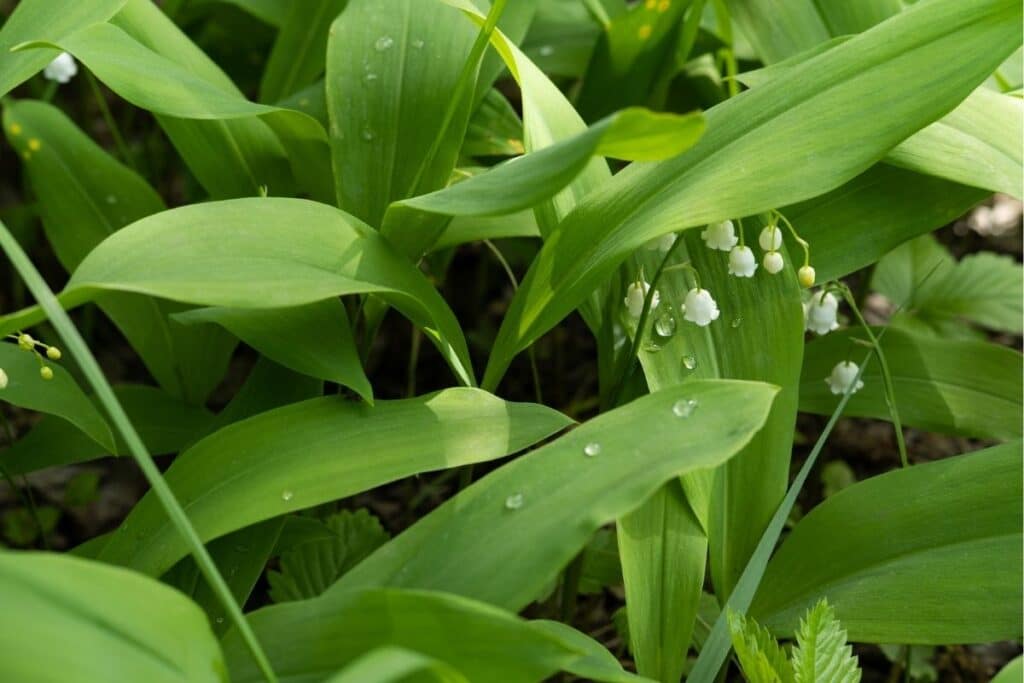Lily of the valley is not only known for its beautiful pure white petals, but also because of its unforgettable strong scent.
Hardy to zones 3 to 9 according to USDA, this elegant flower has bell-shaped petals that will appear from early spring to fall. Even though its flowers are quite small, they will cluster together and form a sea of plants, which is also very impressive.
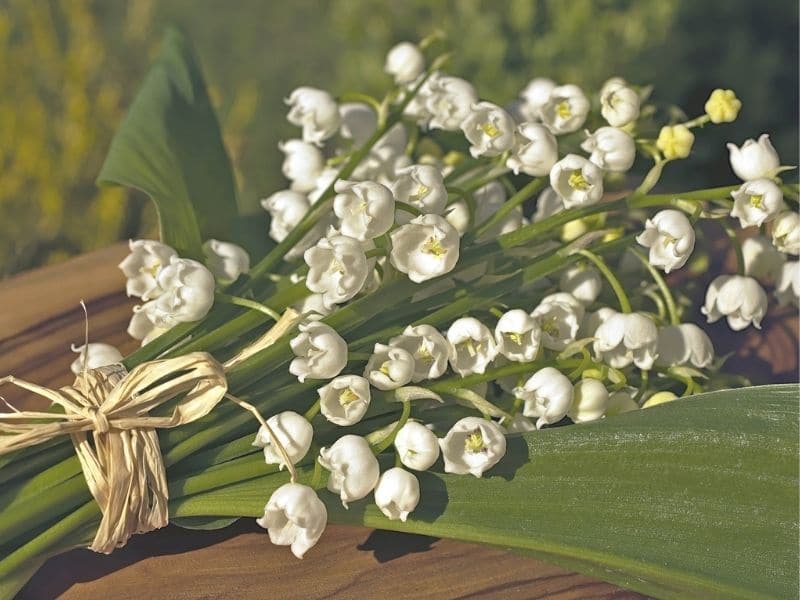
Continue reading if this flower should be on the list of plants you would like to grow now!
Basic Facts about Lily of the Valley Plant
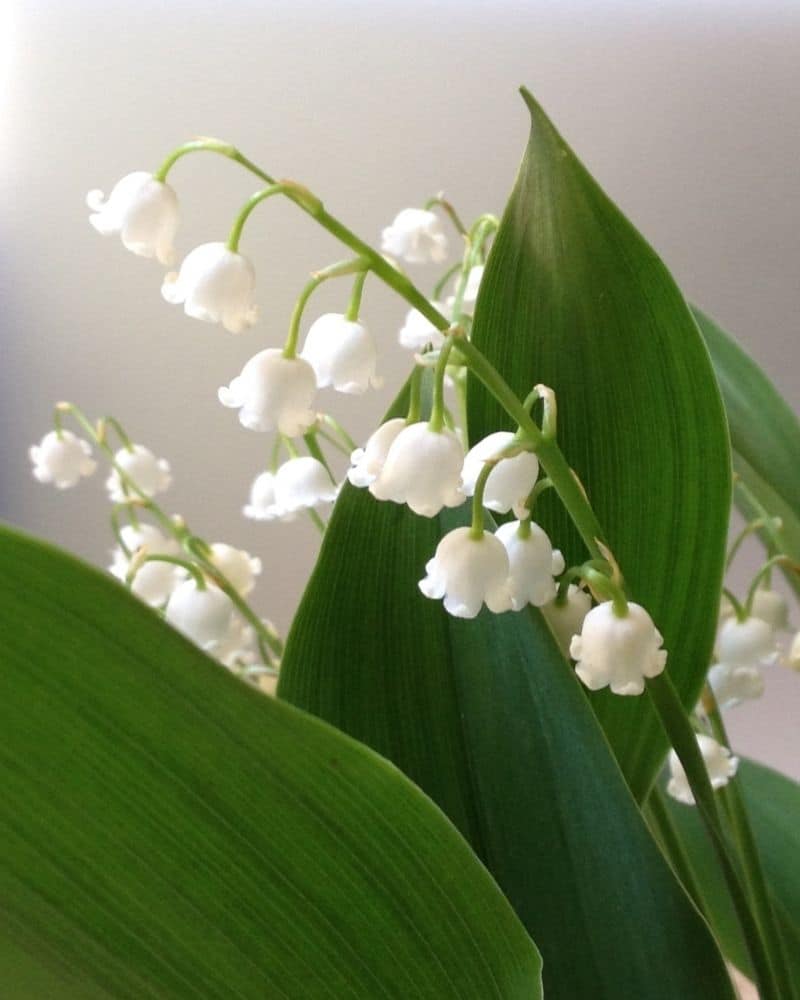
- Lily of the valley is scientifically referred to as Convallaria majalis. Although, this plant’s name suggests it’s a lily, in reality, it isn’t, as this flower belongs to the asparagus family of plants. This can be clearly seen when looking at the foliage.
- This hardy plant is usually sown by gardeners who want to have a great ground cover that grows relatively quickly and spreads rapidly throughout the available areas—and sometimes even on the most difficult of soils.
- This is an easy to cultivate plant as it will self-sow for consecutive years. They also don’t require much external input in order to maintain it.
- They are often used as an ornamental plant, not only because of its beauty but also because of its scent.
Characteristics of Lilies of the Valley

If the right conditions are met, then the lily of the valley blooms can grow vigorously. However, they must live in moist soil and cool climates to thrive.
It could be argued that its rhizomes are like their roots, and they will spread out throughout the soil thanks to them.
This characteristic could be a blessing and a curse for gardeners. On the one hand, you will have fast-growing plants in no time. On the other hand, they tend to grow too quickly sometimes; thus, they will become overcrowded, or they could take nutrients away from other plants so that they can thrive.
As a result, this woodland flowering plant is often considered an invasive species in some parts of North America, and most gardeners won’t recommend planting this flower in a garden.
How To Grow Lily of the Valley
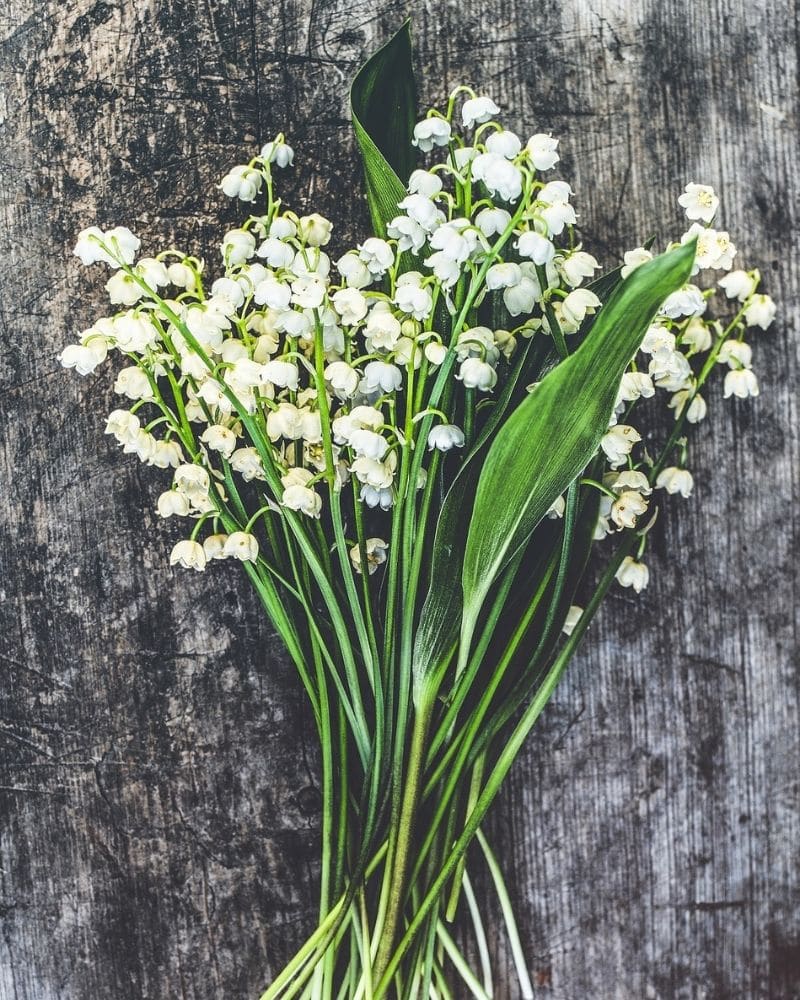
If there is a partially-shaded area or even a shaded area, then the lily of the valley will surely be the one to appear first, and that just shows how hardy they are!
Sun Exposure
As one of the plants that grow in shade, they don’t require sunlight to survive. In fact, lily of the valley thrives best if they are left alone in the garden’s dark and shaded corner!
Soil
Growing lily in well draining soil is ideal, otherwise, its rhizomes may rot in no time. However, it is not uncommon to see perennial plant grow in clay soil.
Remember to keep the soil evenly moist for healthy lily growth.
Water
This woodland plant requires plenty of water. As a general rule, if the soil is too dry, then you need to water more regularly, especially if you live in a warm gardening zone.
Fertilizing Needs
Unlike some common flowers, lily of the valley plants do not need to be fertilized as they can handle themselves pretty well!
Propagation
It is not a very common practice to propagate lily of the valley, especially if their self-sowing capabilities are considered. However, if you wish to do so, then you need to dig the rhizomes out and cut them into smaller pieces.
You can then plant them back, just make sure they are separated as the rhizomes tend to grow rapidly.
On the other hand, it is possible to grow it by seeds, but they will only bloom during their second or third year of life.
Repotting
If your lily of the valley is in a pot, you will eventually have to repot it as their rhizomes may become too large and could potentially break the container.
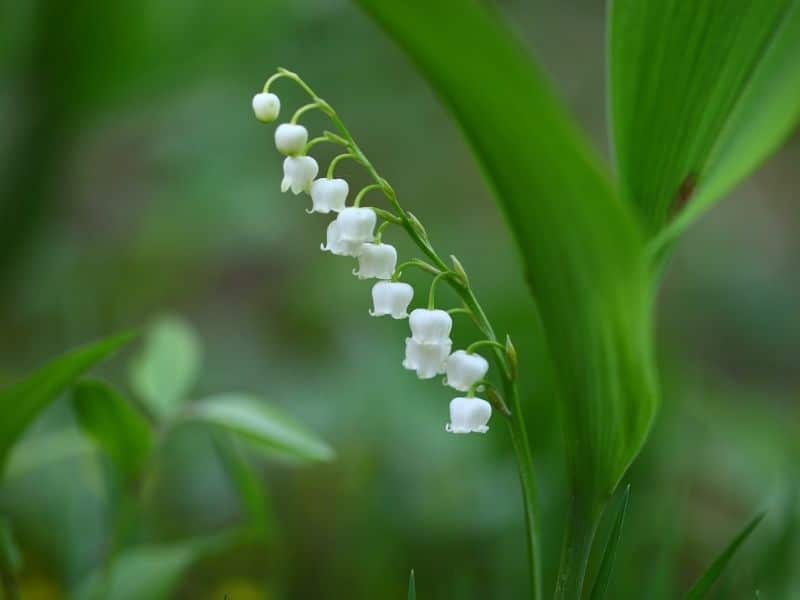
How To Care for Lily of the Valley
Many beginner gardeners are surprised when they find out that they don’t need to do much for their lily of the valley plants. On the contrary, they will thrive and grow healthier if they are left to do their own thing without external influence from others.
These plants are one of the oldest plants in the world, so they have adapted themselves thoroughly, and they know how to fight against difficult soils or even severe droughts.
Common Types of Convallaria Majalis
There are some lesser-known varieties of lily of the valley, such as:
Fernwood’s Golden Slippers
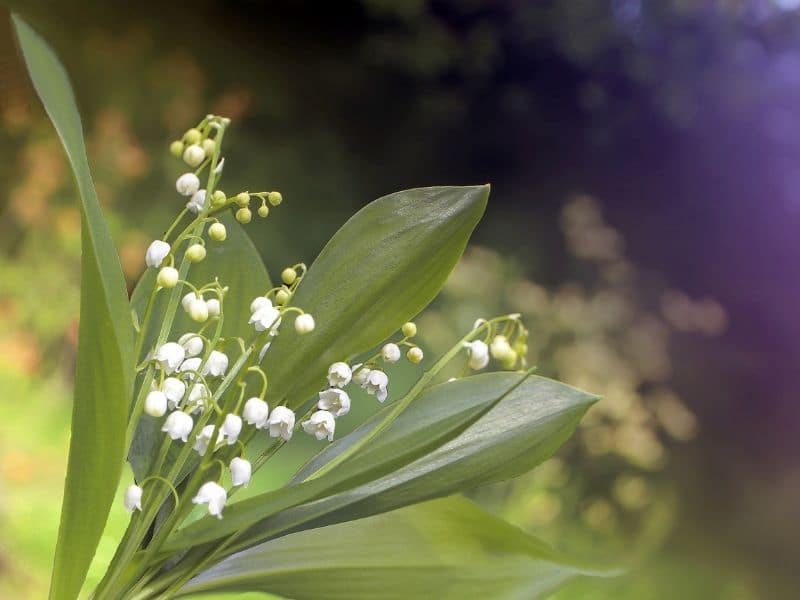
This lily of the valley species produces white petals that slowly turn yellow-gold. It blooms throughout the summer, and it spreads easily.
Albostriata
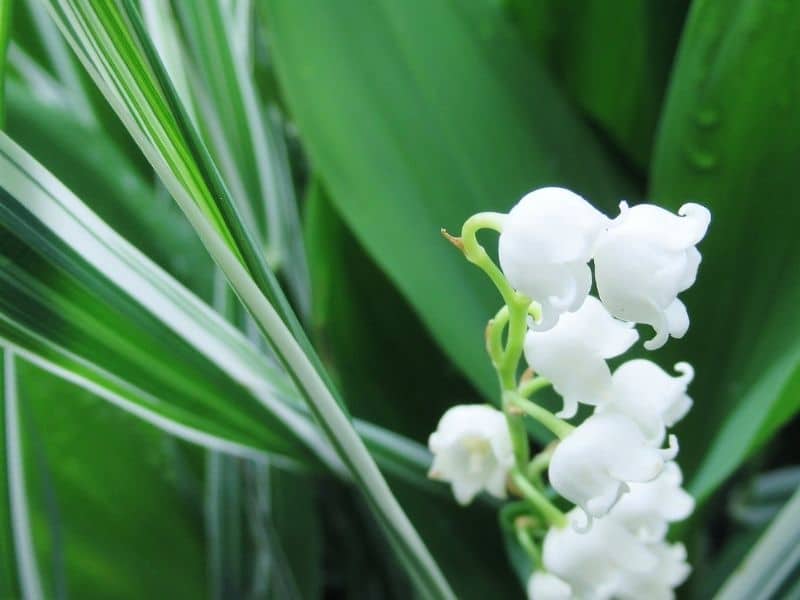
This plant’s main characteristic is the fact it has vibrant white strikes on its leaves. This is the only type of convallaria majalis that does this.
Rosea
As its name suggests, its petals are blush pink, and they can reach up to 6 inches in height. This variety of lily of the valley will perform better in zones 3 to 8.
Fortin’s Giant
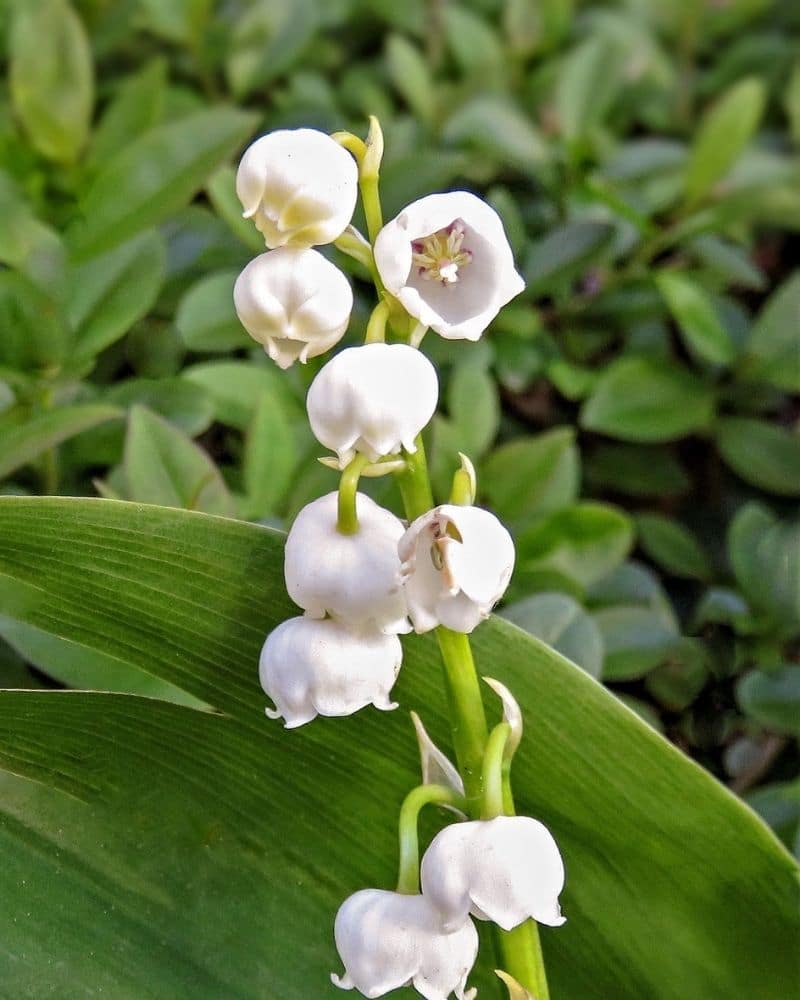
This variety has bigger flowers than the rest. They bloom throughout the summer and spread rapidly.
Flore Pleno
Has double-white flowers. It is very exotic in comparison to other types of lily of the valley.
Hardwick Hall
This type of plant has yellow or green strikes on its petals. This variety of lily of the valley will perform better in zones 3 to 9.
FAQs
Here are some common questions about this flower:
Are lilies of the valley hard to take care of?
No, Lily of the valley (Convallaria majalis) is considered relatively easy to grow but may require specific growing conditions to thrive. It prefers moist, well-draining soil and partial to full shade, making it suitable for woodland gardens or shaded areas.
Is it OK to touch lily of the valley?
While lily of the valley is not toxic to touch, all parts of the plant are highly poisonous if ingested. It’s essential to handle the plant with care and avoid ingesting any part of it, especially the berries, which are particularly toxic.
How often should you water lily of the valley?
Lily of the valley prefers consistently moist soil but not waterlogged conditions. Water the plants regularly, especially during dry periods, to keep the soil evenly moist. However, avoid overwatering, as excessive moisture can lead to root rot.
How long does lily of the valley last?
Lily of the valley typically blooms in spring and lasts for about 2-3 weeks, depending on environmental conditions and the cultivar. After flowering, the plant may continue to provide attractive foliage throughout the growing season.
Conclusion
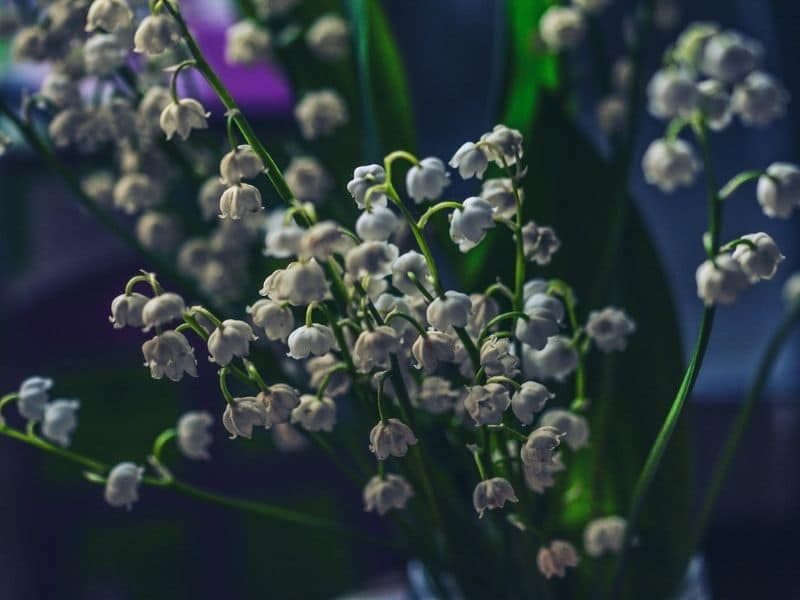
Convallaria majalis is a highly fragrant beautiful flower that grows everywhere! Although it looks like a small and delicate flower, this plant surprises everyone precisely because of its toughness and hardiness in some areas.
Lilly of the valley offers a great opportunity to welcome pollinators into a garden, as they love the flower’s nectar.
Overall, it is a great flower to have around, but pay close attention to its spreading habits.
Up next: Lily of the Valley Flower Meaning and Symbolism
*featured image by ekramar/depositphotos

